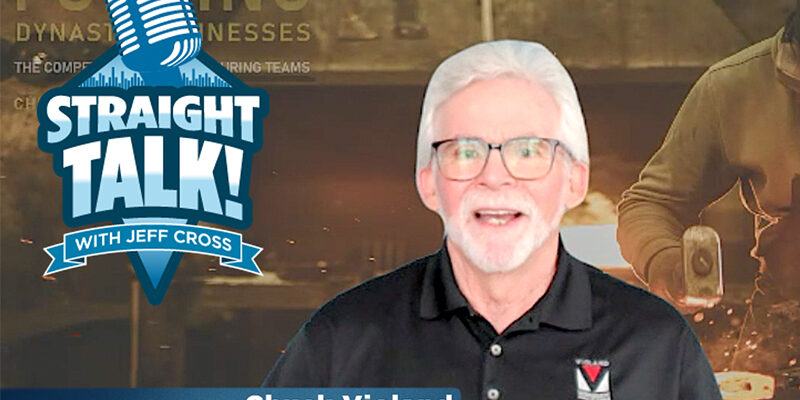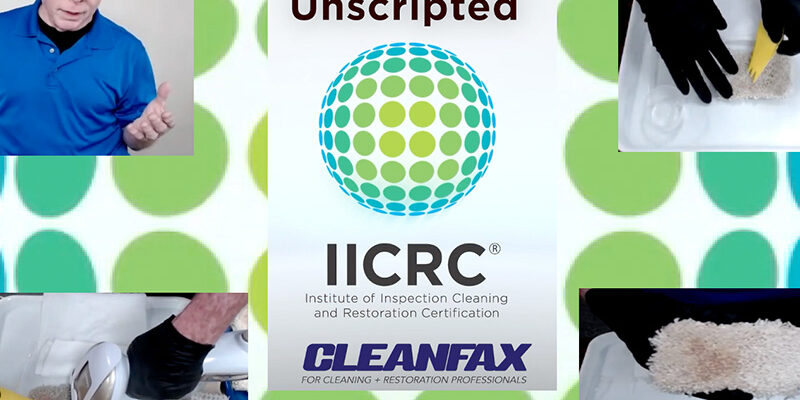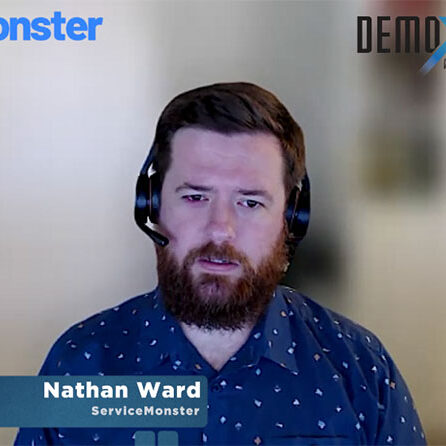Pricing the Job

By Steve Marsh
“Good morning! Thank you for calling Premier Carpet Cleaning. This is Bob, how may I help you?” Who knows what you might have been doing when you answered the business phone. You might have been in the middle of a cleaning job or sitting in your office reading the latest issue of Cleanfax. But the instant you picked up the phone, you were launched smack dab into your prospective customer’s concluding sales process. One thing a customer is sure to want before booking your services is for you to quote the job.
The customer’s process might have been going on for hours, if not days or weeks, before you were pulled in. This consumer has realized their need for the service you provide and spent time researching which company would be the best. They may have found you by asking for recommendations, searching the internet, or finding one of your ads. They are now ready to act and have chosen, from among many choices, the company they feel is most likely to meet their needs. Their objective is to get a price and establish a date to get the work completed.
Your job is to immediately get caught up with the consumer’s search process and help them get onto your schedule book. In most cases, the sales job already has been completed. You only need to confirm their positive assumptions about your company, quote the job, and schedule the service. This should be a relatively easy task to do.
In my August 2018 Cleanfax article, I laid out the basic strategies for effective sales calls. In the September issue, I suggested specific lines to use in order to help the customer through the scheduling process. In this third article in the series, I would like to discuss the pros and cons of going out in person to quote the job, room pricing for advertising, scheduling a window-of-time arrival, and confirming the job.
Phone versus in-person quotes
For both the company and the consumer, quoting jobs over the phone is the most efficient way to provide a job estimate.
For many consumers, especially those who are event motivated, setting up a separate appointment just to get a price for a cleaning job is not an acceptable option. If they hear this is required, these people will just move on to the next company on their list of options.
Repeat and referral customers are generally quite satisfied to get an estimate over the phone. Either they already have trust based on your past work or they feel confident in a recommendation they received.
Using incentive “room pricing” in advertising, such as three rooms for $139, generally makes it easy enough for consumers to calculate on their own what the cost of the job will be. The ensuing phone call then only needs to deal with scheduling.
There are times, though, when going out to quote the job in person is preferred. Unusually large or complex jobs that cannot be easily described over the phone almost always require an on-location appointment to determine an accurate price quote. Also complex add-on services such as delicate upholstery cleaning may require a visual appraisal to price accurately.
Room pricing for advertising
Incentive discounts that offer a single price for a set number of rooms cleaned can greatly streamline the scheduling process for new customers. For example, offering three rooms for $139 gives prospective consumers a very good idea of what it will cost to have their cleaning job done. Assuming the supporting information about the company, either with the ad or on the website, is adequate, there is little left to discuss other than finding a cleaning date.
Incentive discount room pricing can be used for companies that traditionally charge by the room size. The ad can state, “Additional rooms are priced at the normal square foot rates of…” You might also consider limiting the size of the room by stating, “All rooms over 200 square feet count as two rooms.”
It’s a good idea to include on the invoice the regular price of the discounted rooms. This will let the customer know what to expect for pricing the next time they call.
Window-of-time arrival
Home service companies are not expected to arrive at job locations at specific set times, but rather within a window of time. I have found that scheduling the first appointment with a 30 minute window, such as between 8:30 and 9:00 in the morning, works well. All appointments after that I schedule with a two-hour window. It was a rare day that I was not able to arrive on time for all of my appointments. I found it helpful to emphasize to customers that I would be arriving within a window of time. I would say, “I will be arriving sometime between 1:00 and 3:00 in the afternoon.”
Occasionally a consumer would ask if I could be more specific. This was usually the case when a consumer was coming from work to specifically let me in. I was almost always able to meet the customer’s need by offering to call 30 minutes prior to my expected arrival time.
Confirmation notifications
It is now expected courtesy to immediately send a confirmation of the scheduled appointment date along with any pre-arrival information that may be helpful to the consumer. This can be delivered via text or email. This should contain the date and time of the job, work to be performed, and the estimated price. This also provides another opportunity to again note the technician will be arriving within a window of time.
If the job has been scheduled more than two days in advance, a reminder confirmation should also be sent the day prior to the scheduled cleaning date. This reminder assures the consumer that you have not forgotten the appointment and also helps to prevent customer no-shows.
Making the most from sales calls
Remember the critical point that, by the time the consumer actually calls your company, the decision to schedule the job with you is almost already made. Your job is to confirm that the consumers’ decision was good, quote the job, and help them get onto your schedule.
Good responses to prospective customer calls don’t just happen naturally. They require thought, strategy, and practice. Review the concepts, ideas, and scripts covered in this series of three articles to make the most of the vital process of making a good first impression and booking the job.
Steve Marsh is a 40-year veteran of the carpet cleaning industry, an instructor, and a Senior Carpet Inspector. He helps home-service companies quickly establish profitable clienteles and then progress to serving higher-quality customers. To help companies achieve these goals, Marsh created the step-by-step programs Single Truck Success and Be Competition Free. For more information, visit https://www.professional-carpet-cleaning-service.com/.












